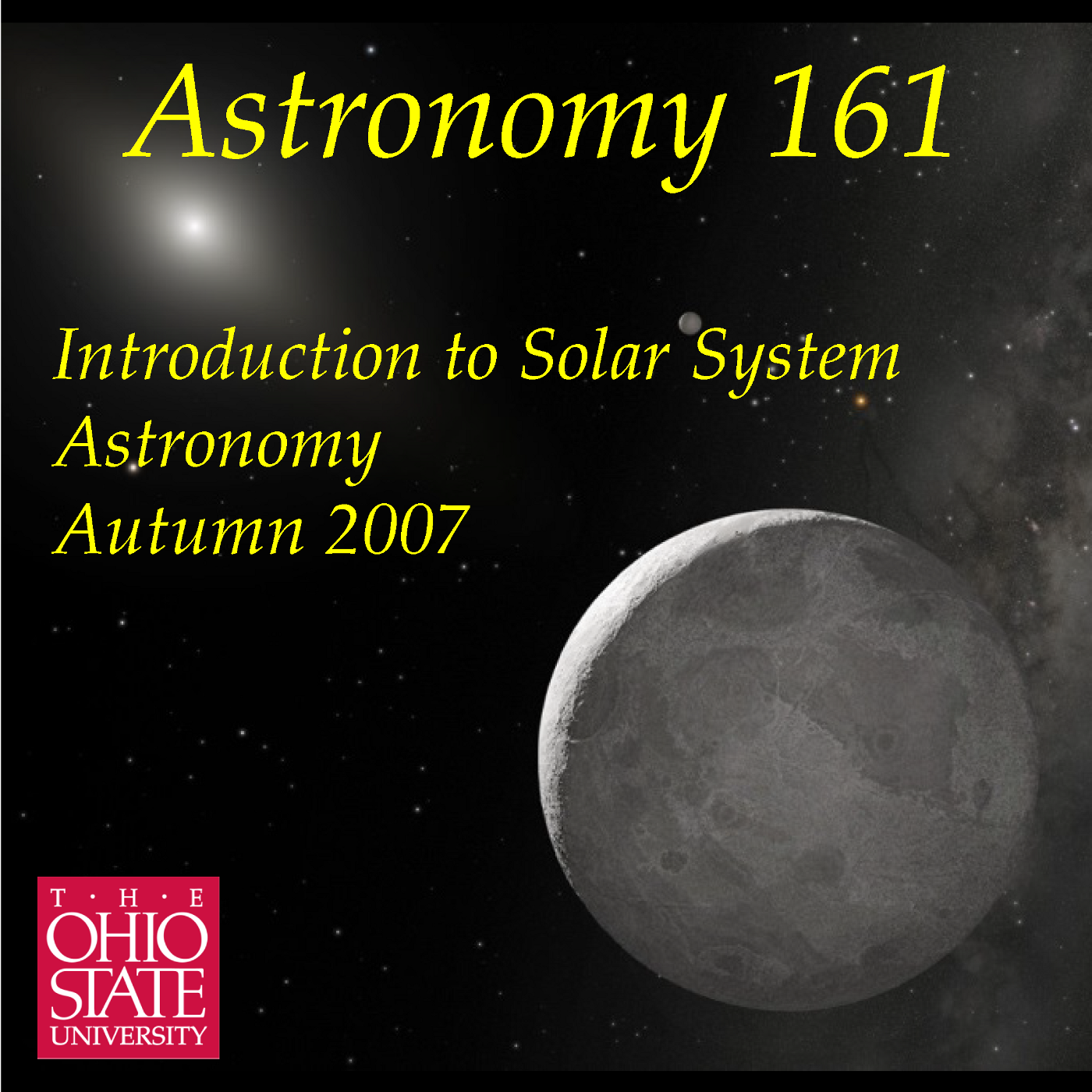Lecture 32: The Origin of the Solar System

How did the Solar System form? In this lecture I review the clues for\nthe formation of the solar system in the present-day dynamics (orbital\nand rotation motions) and compositions of the planets and small bodies.\nI then describe the standard accretion model for solar system formation,\nwhereby grains condense out of the primordial solar nebula, grains\naggregate by collisions into planetesimals, then gravity begins to work\nand planetesimals grow into protoplanets. What kind of planet grows\ndepends on where the protoplanets form within the primordial solar\nnebula: close to the Sun only rocky planets form, beyond the Frost Line\nices and volatiles can condense out allowing the growth of the gas and\nice giants. The whole process took about 100 million years, and we as\nwe explore the solar system in subsequent lectures, we will look for\ntraces of this process on the various worlds we visit. Recorded 2007\nNov 6 in 1000 McPherson Lab on the Columbus campus of The Ohio State\nUniversity.